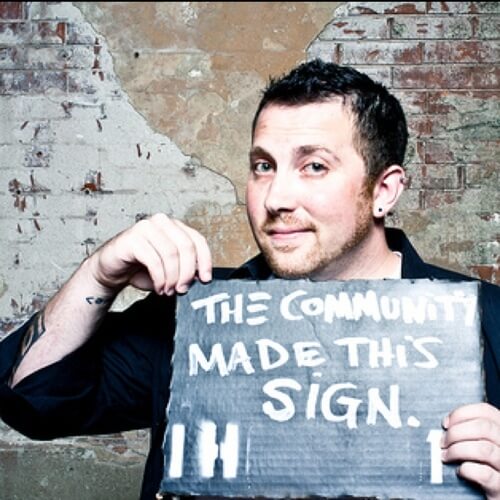I’ll start by saying what community is not.
- Community is not a place or environment
- Community is not a particular kind of event (though certain events are better at stimulating the elements of community than others)
- Community is not a business model (though businesses who understand the communities they operate within and interact with have access to unique economic models that others do not)
- Community is not a service or a commodity
All four of these things are the most commonly mistaken for community, either as a mechanism or an end goal.
A better question is…what kind of community are we talking about? There’s many different flavors, but the two most common types of communities that you’ll encounter are communities of interest, and communities of practice.
Communities of interest are all around us, and are exactly what they sound like. People who come together around a common interest, and it can literally be anything. Most meetups are communities of interest. Most “tech communities” are communities of interest. Some social groups are communities of interest. They scale very large, can grow quickly, and are relatively easy to recruit for. They’re also the easiest and most common for people to leave, when their interests or focus changes.
Communities of practice are usually a smaller subset of a community of interest. People in a community of practice often find each other within a community of interest. But the thing that draws them together goes beyond the interest…there’s an element of mutual self improvement that pulls them closer together.
Communities of practice take many forms, but they have a few crucial attributes:
- Trust. People in communities of practice tend to bond more slowly, but also more deeply. When trust is formed, new opportunities and real collaboration is possible.
- Multi-directional dialogue. In communities of interest, most of the visible dialogue is one to many. Presentations & talks are the primary vehicle for gathering. But in a community of practice, anybody can hold the floor. Anybody can pose a question, or provide an answer. Value can come from anywhere, and discussions can be started by anyone.
- Visible growth and improvement. In a community of practice, people are working towards some kind of “level up” and in that pursuit, are doing it alongside others who are working towards something similar of their own. The visibility of people growing and improving provides incentive for others to put in the effort (“I want to what they do”) as well as opportunities for anybody to teach from their experience.
For these reasons, communities of practice are generally smaller, and tighter knit. Even if they’re informal, members are generally a part of them for longer.
Swedish scientists have done extensive research on this and they found we first lived in small groups of 20 to 100 people who in any given week averaged 2.5 days for gathering and hunting and 4.5 days on talking. The conclusion they came to from this data was that the brain, the neurological system, and our hormonal systems have had 90,000 years of programming us for talk and collaboration, and only 10,000 years for competition and fighting. source
Two out of the four “happiness chemicals” we’ve evolved to have are only released in the presence of others. Serotonin is the chemical that makes loyalty and allegiance feel good. Oxytocin is the chemical that makes trust and safety feel good.
Back to my definition between communities of interest and communities of practice, you might see that communities of practice are far more likely to create experiences like loyalty and trust.
Without those, collaboration is possible but it’s much harder and brittle.
Hopefully you see how these answers are building on each other 🙂
Many coworking spaces are commodity offerings…at best, a comfortable place to work with a community of interest where the people are interested in working in that place. They may even have professional interests, be it tech or startups or social entrepreneurship.
But these commodity spaces are also the most brittle, because people lack the social incentive to invest and the experience of being invested in by their peers.
Notice that I said by their peers. That’s key. Lots of spaces provide resources from the top, but the spaces that thrive have unlocked something powerful in their members’ willingness to invest time, energy, knowledge and effort into each others success.
Now….you can’t manufacture this. But you can create the conditions for it to emerge, and grow. I think of it a bit more like gardening. You can’t make a plant grow, it has to do that on it’s own. But you can create the best conditions for its growth to be possible.
 I am always thinking about the intersection of people, relationships, trust and business. I founded
I am always thinking about the intersection of people, relationships, trust and business. I founded